In a fast-paced world filled with endless distractions, minimalist interior design offers a tranquil escape. This design philosophy, rooted in simplicity, functionality, and elegance, has gained immense popularity in recent years. By focusing on the essentials and embracing a less-is-more approach, minimalist interiors create spaces that are both beautiful and practical. This comprehensive guide will walk you through the principles, benefits, and steps to achieve a minimalist home. If you are interested to know more about Embracing simplicity of Minimalist Interior Design, read till the end.
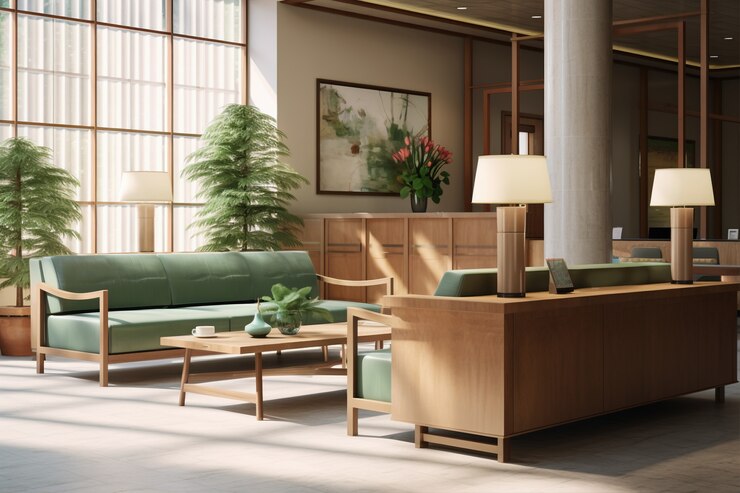
Understanding & Embracing simplicity of Minimalist Interior Design
Minimalism is more than a mere design trend; it’s a lifestyle choice that emphasizes simplicity, clarity, and intentionality. Originating from the minimalist art movement in the 1960s, it has since permeated various aspects of life, including architecture, fashion, and interior design. The core idea is to strip away the unnecessary and focus on what truly matters, creating a space that is both functional and aesthetically pleasing.

Key Elements of Minimalist Interior Design
- Simplicity: At the heart of minimalism is simplicity. This means clean lines, uncluttered spaces, and a subdued color palette. Each element in a minimalist space should have a clear purpose, contributing to the overall harmony of the environment.

2. Functionality: Every item in a minimalist home should serve a function. This includes multifunctional furniture and storage solutions that keep clutter at bay. The goal is to create a space that is as practical as it is beautiful.

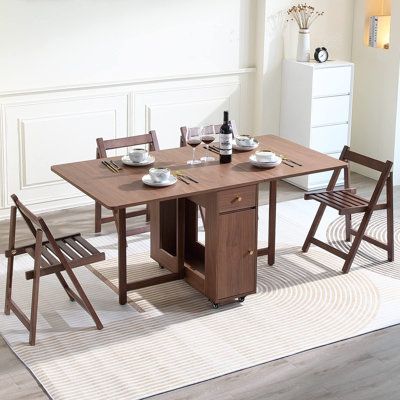
3. Quality Over Quantity: Minimalism emphasizes the importance of quality. Instead of filling your home with numerous items, invest in a few high-quality, timeless pieces. This not only enhances the aesthetic appeal but also promotes sustainability.

4. Decluttered Spaces: Clutter disrupts the tranquility of a space. In a minimalist home, surfaces are kept clean, and items are stored out of sight. Regular decluttering is essential to maintain the minimalist aesthetic.
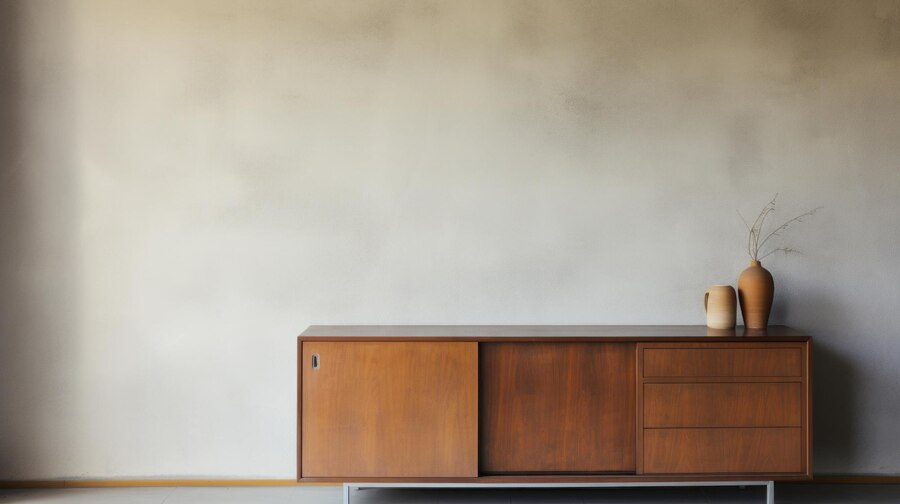
5. Natural Light: Maximizing natural light is a key component of minimalist design. It creates an open, airy feel and enhances the beauty of the space. Use sheer curtains or blinds that can be easily adjusted to control light flow.

Core Principles of Minimalist Interior Design:
To fully embrace minimalist interior design, it’s important to understand its core principles. These guiding concepts will help you create a space that embodies the minimalist philosophy.
Clean Lines and Shapes: Simple geometric shapes and clean lines create a sense of order and calm. Décor with clean lines, minimal ornamentation, and an emphasis on function over form exemplifies this principle.

- Neutral Color Palette: It forms the foundation of minimalist design. A limited color palette adds to the sense of serenity and visual cohesion. Shades of white, beige, gray, and black create a calm and cohesive backdrop, allowing other elements in the room to stand out. Soft, muted tones & Monochromatic Color Scheme can also be used to add warmth without overwhelming the space. A single color or a few complementary colors create a soothing atmosphere, free from visual clutter.

- Open Spaces: The layout of a minimalist home should be open and inviting. Arrange furniture to create a flow that enhances the feeling of spaciousness. Avoid overcrowding rooms with too many pieces; instead, opt for a few well-placed items that serve a clear purpose.
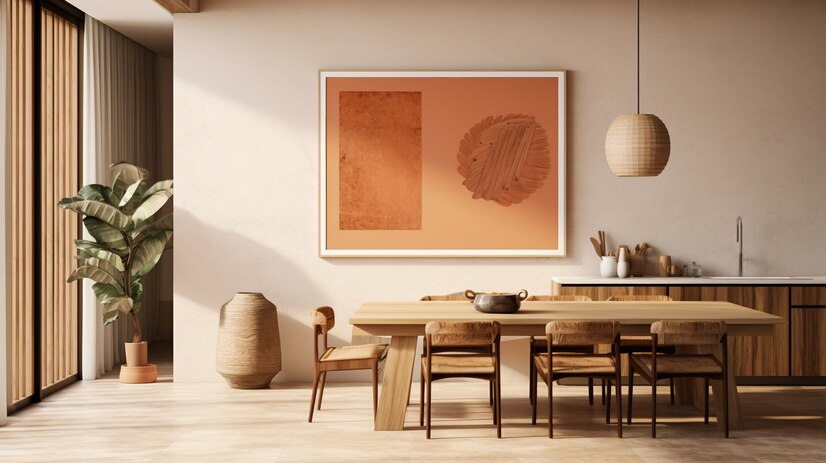
- Natural Light: Emphasize natural light to reduce the need for artificial lighting and create a sense of airiness. Large windows, mirrors, and light-colored surfaces help reflect and amplify natural light.

- Streamlined Furniture: Choose furniture with clean lines and simple forms. Avoid overly ornate pieces and focus on sleek, modern designs. Streamlined furniture not only looks elegant but also enhances the sense of space in a room. Choose multi-functional furniture pieces to reduce clutter and enhance simplicity. Ottoman storage, sofa beds, and desks with built-in storage exemplify functional design.

- Functional Decor: In a minimalist home, decor should be both beautiful and functional. Select items that serve a purpose, such as elegant storage solutions, minimalistic art pieces, and indoor plants that purify the air. Each decorative element should add value to the space.

- Textures and Materials: Incorporate natural materials like wood, stone, and linen to add warmth and texture to your space. These elements create a harmonious balance within the minimalist framework, adding interest without clutter.
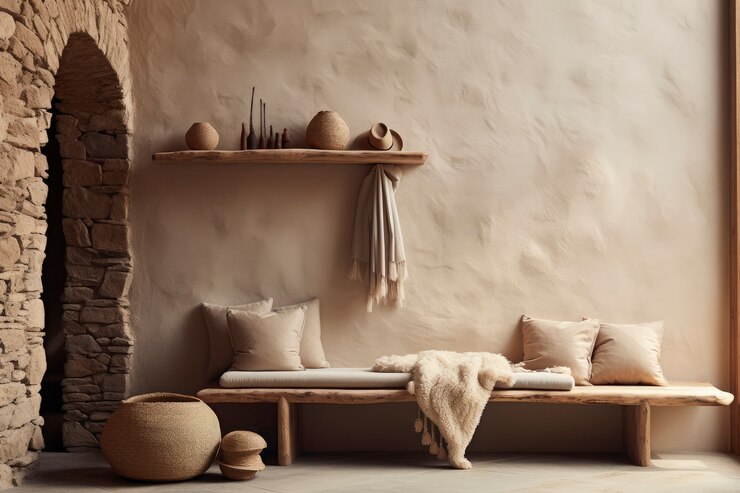
Steps to Achieve & Embracing simplicity of Minimalist Interior Design
Achieving a minimalist interior requires thoughtful planning and a commitment to simplicity. Follow these steps to transform your home into a minimalist sanctuary.
- Start with a Blank Canvas: Begin with a neutral base – walls, floors, and ceilings – and add pieces thoughtfully.
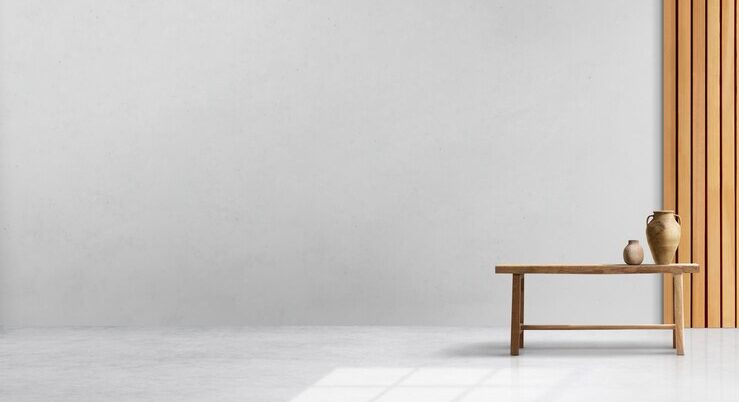
- Edit and Curate: Select a few statement pieces and remove unnecessary items. Ask yourself, “Does it add value or beauty?”

- Declutter and Simplify: The first step in creating a minimalist home is to declutter. Go through each room and remove items that you don’t use or love. Be ruthless in your approach, keeping only what is essential. This process can be liberating and is crucial to achieving a minimalist aesthetic.

- Choose a Neutral Color Palette: Once you’ve decluttered, focus on creating a cohesive color palette. Neutral tones such as white, beige, gray, and black should dominate. You can add subtle accents of color, but these should be used sparingly to maintain a clean and serene look.


- Bring in Plants: Greenery adds life and visual interest without cluttering the space. Choose low-maintenance plants like succulents or air plants.


- Select Streamlined Furniture: Invest in high-quality, streamlined furniture that complements your minimalist aesthetic. Choose pieces with clean lines and simple forms. Multifunctional furniture, such as a sofa that doubles as a storage unit, is particularly useful in minimalist homes.

- Maximize Natural Light: Natural light is a key element of minimalist design. Ensure that your windows are unobstructed and use sheer curtains or blinds to control light flow. Mirrors can also be strategically placed to reflect light and create a brighter, more open space.
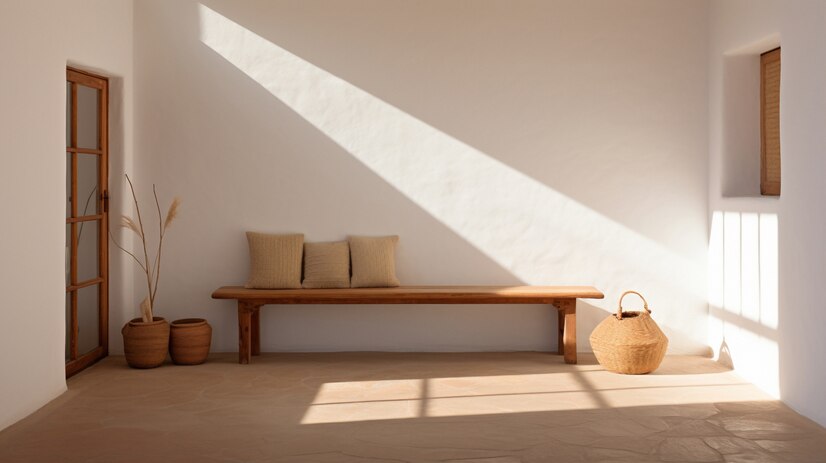
- Artificial Lighting: Use lighting to create ambiance, rather than visual clutter. Table lamps, floor lamps, or string lights add warmth without overwhelming the space.

- Incorporate Functional Decor: Select decor items that serve a functional purpose. This could include elegant storage solutions, minimalistic art, and indoor plants. Each item should contribute to the overall harmony of the space, adding beauty and functionality without creating clutter.
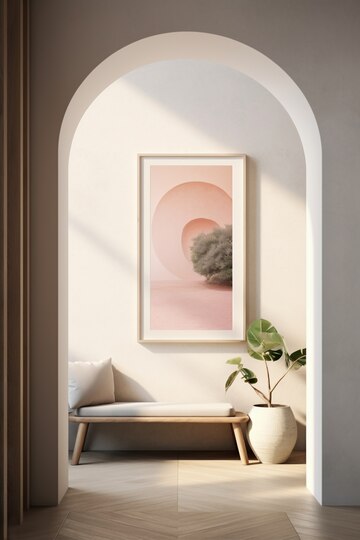

- Add Textures and Natural Materials: Incorporate natural materials such as wood, stone, and linen to add warmth and texture to your space. These elements create a harmonious balance within the minimalist framework and add interest without overwhelming the senses.
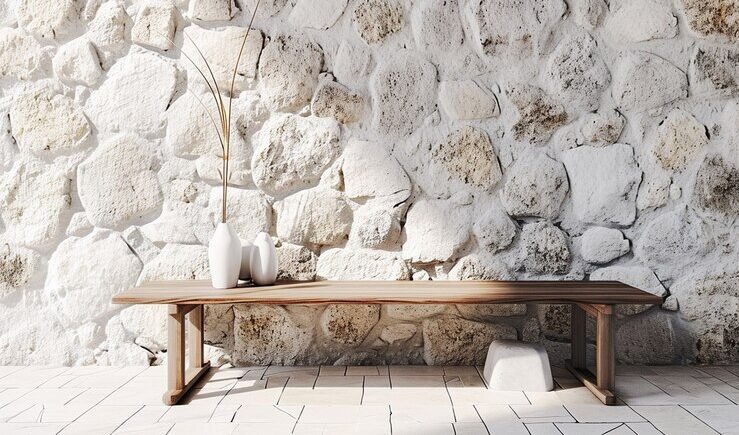
- Create Open, Inviting Spaces: Arrange your furniture to create an open and inviting layout. Avoid overcrowding rooms with too many pieces; instead, opt for a few well-placed items that serve a clear purpose. This not only improves the flow of the room but also enhances the feeling of spaciousness.

- Maintain a Clutter-Free Environment: Regularly declutter and organize to maintain your minimalist aesthetic. Make it a habit to assess your belongings and remove items that are no longer needed. This will help you keep your home tidy and aligned with minimalist principles.
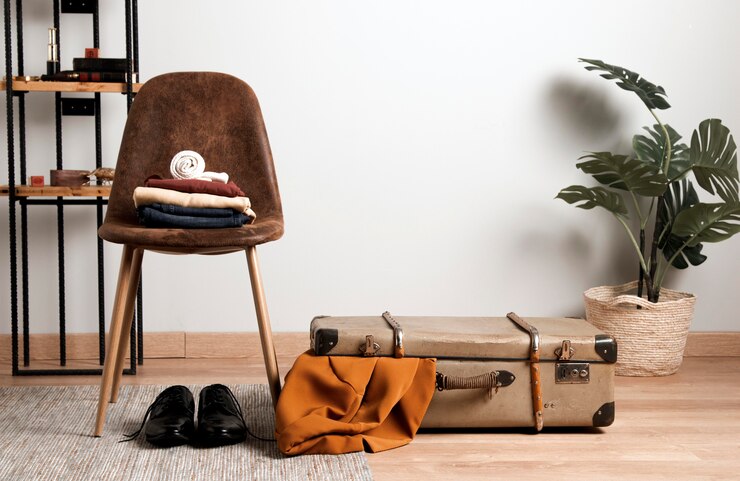
Benefits of Minimalist Interior Design:
Adopting a minimalist approach to interior design offers numerous benefits, both practical and psychological.
- Reduced Stress: A cluttered environment can lead to increased stress and anxiety. Minimalist spaces, with their clean lines and open areas, promote a sense of calm and relaxation. By eliminating excess items, you create a more serene atmosphere that can significantly reduce stress levels. Minimalist design helps reduce visual overload, creating a peaceful sanctuary.


Enhanced Focus & Productivity: Minimalist spaces are free from distractions, making it easier to concentrate and be productive.
A simple and organized space improves focus and efficiency. With fewer distractions, you can concentrate on tasks and achieve more
Easier Maintenance: With fewer items to clean and organize, minimalist homes are much easier to maintain. This not only saves time but also makes cleaning less of a chore. A well-organized space is quicker to tidy up, giving you more time to enjoy your surroundings.

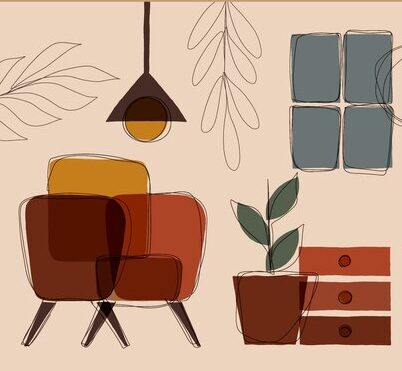
Timeless Appeal: Minimalist design is timeless and adaptable. Focus on simple, high-quality pieces ensuring a timeless and enduring aesthetic, avoids trendy pieces.
Invest in quality, classic pieces that won’t go out of style. This approach avoids the need for frequent redecorating, saving both time and money.
- Environmental Sustainability: By investing in fewer, higher-quality items, minimalism promotes sustainability. It encourages the use of durable materials and reduces the demand for mass-produced goods, contributing to a more eco-friendly lifestyle.

Inspiration from Minimalist Icons
Drawing inspiration from different minimalist styles can help you refine your own approach to minimalist interior design.
Japanese Minimalism:
Japanese minimalism, also known as Zen design, emphasizes natural materials, neutral colors, and thoughtful layouts. It focuses on creating a sense of calm and balance through simplicity. Elements such as tatami mats, shoji screens, and low furniture are common in Japanese minimalist homes.


Scandinavian Design
Scandinavian design is characterized by functionality, simplicity, and coziness (hygge). This style often incorporates light woods, soft textiles, and a mix of modern and traditional elements. Scandinavian minimalism balances warmth and simplicity, creating inviting and comfortable spaces.
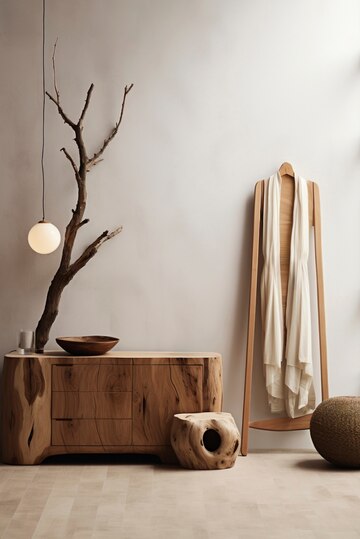
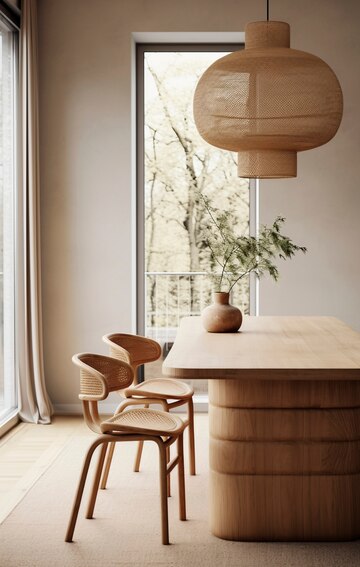
Modern Minimalism
Modern minimalism focuses on sleek, clean lines and an uncluttered aesthetic. It often features monochromatic color schemes and innovative, multifunctional furniture. This style is perfect for those who appreciate contemporary design and cutting-edge technology.


Conclusion
Embracing simplicity of Minimalist Interior Design is about more than just aesthetics; it’s a way of life that fosters clarity, simplicity, and tranquility. By focusing on what truly matters and eliminating the unnecessary, you create a space that reflects peace and intentionality. Embrace the minimalist philosophy, and transform your home into a serene sanctuary where every element serves a purpose and contributes to the overall harmony.
I hope you liked this blog, Embracing simplicity of Minimalist Interior Design please let me know through your comments. Also share it with other people who are passionate about architecture and design. Contact us in case of any queries and also read my previous blogs related to architecture and travel. Thank you.








